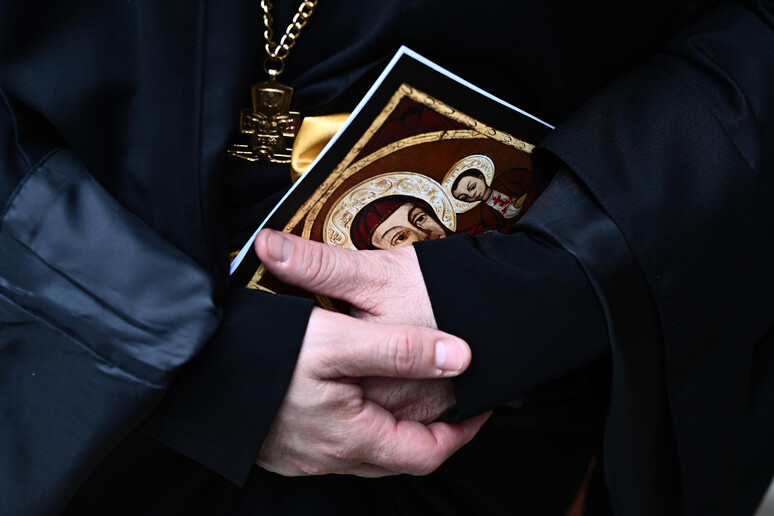The Archdiocese of New Orleans has agreed to pay $180 million to settle hundreds of clergy sexual abuse claims, marking a costly and belated acknowledgment of one of the darkest chapters in its history.
The settlement, announced Wednesday, follows years of complex negotiations involving parish officials, insurers, and a court-appointed creditors’ committee. The funds will be placed in a trust for the benefit of survivors, but payments will begin only after the Archdiocese emerges from Chapter 11 bankruptcy proceedings—initiated in 2020 amid a flood of lawsuits tied to decades of abuse.
Yet the deal has sparked fierce criticism from many of the more than 500 survivors involved in the case, who say they were shut out of the process entirely.
According to attorneys representing the victims, the settlement was reached “in secret and behind closed doors,” fully aware, they claim, that “the overwhelming majority of survivors would never have accepted it.” They argue the Church has repeated the very patterns of secrecy and institutional control that allowed abuse to persist unchecked for generations.
“It’s insulting. It’s a slap in the face,” survivor Aaron Hebert told NBC News. Hebert, who is among the claimants, believes the Archdiocese’s primary goal is to avoid jury trials in Louisiana state courts—settings that would force the Church to confront allegations in public.
Archbishop Gregory Aymond, in a statement, expressed gratitude “to all who worked on the agreement,” framing the deal as the start of “a path toward healing.” He also pointed to a series of reforms the Church says are part of the package, including the adoption of a “survivor bill of rights” and enhanced procedures for handling abuse allegations—measures the Archdiocese described as “unprecedented.”
But for many survivors, those assurances ring hollow. Internal Church documents released during the bankruptcy process detail years of mishandled complaints and a practice of quietly transferring accused priests between parishes. In 2018, the Archdiocese acknowledged publicly that over 50 clergy members had been removed from ministry due to “credible accusations” of abuse.
Now, that long history has translated into a nine-figure payout and what Church leaders hope will be closure. For those who lived through the abuse, however, no amount can erase the betrayal.
“This isn’t justice,” Hebert said. “This is damage control.”












